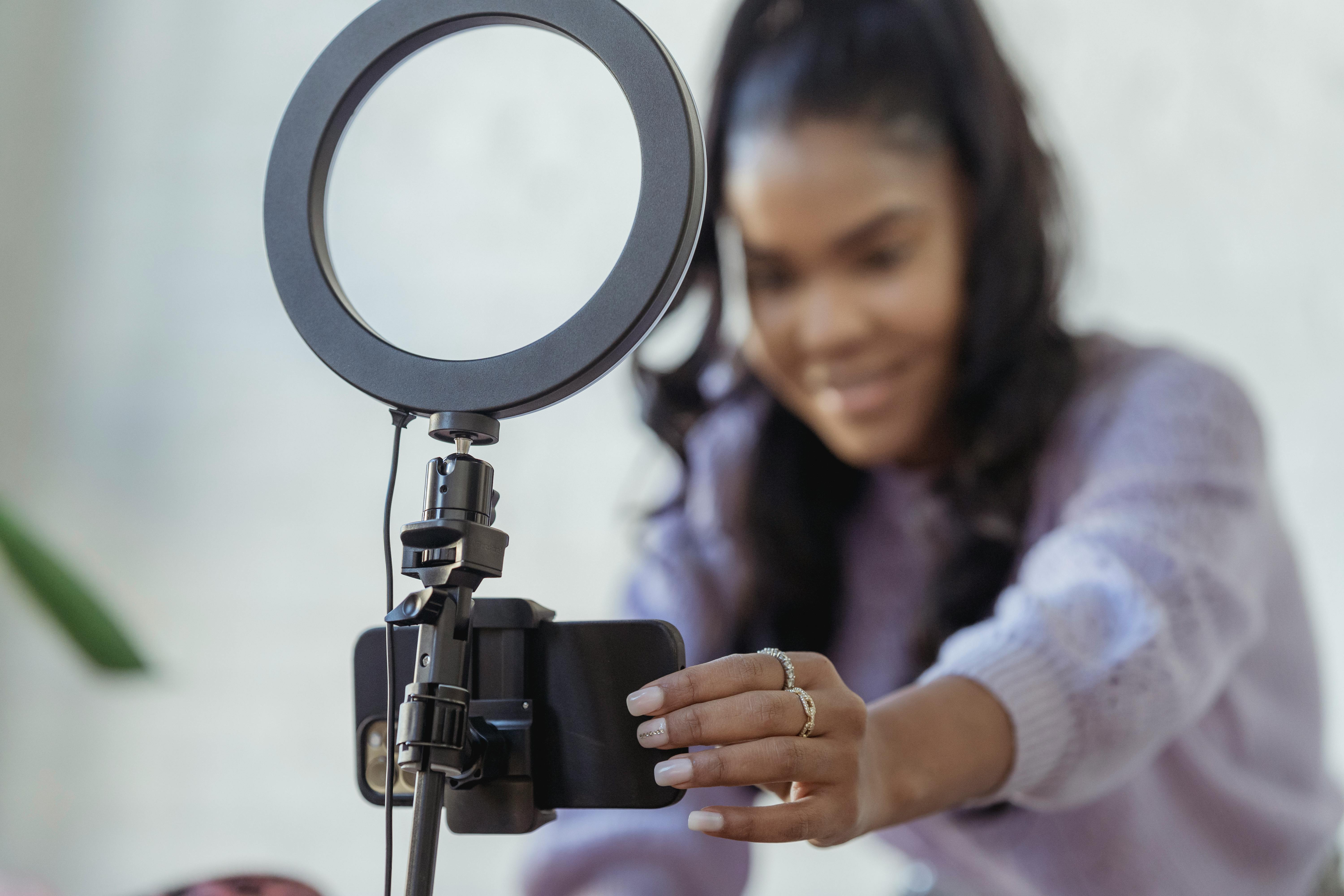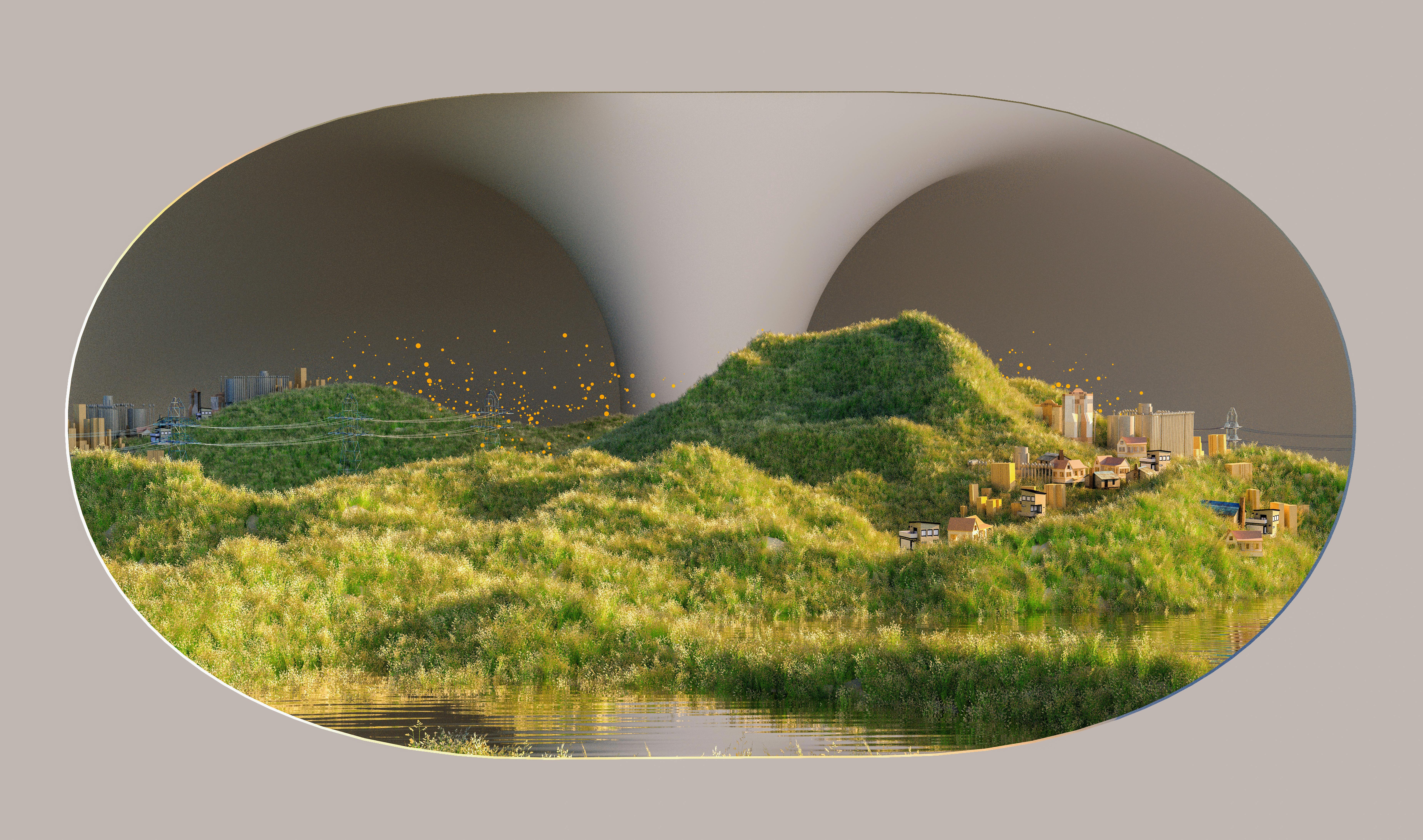Alright, let's talk about hooking people. Not, like, in a weird way, but in a totally legitimate, business-savvy kind of way. You know those dating apps? Tinder, Bumble, Hinge, whatever your poison is. People are putting their best foot forward to catch someone's eye, right? They're practically performing a digital seduction with their profile pictures. And honestly, if you're trying to sell stuff online, you should be doing the exact same thing.
Think about it: what makes you "swipe right" on a person? Good pictures, clear shots, showing off who they are. What makes you click "add to cart"? Pretty much the same stuff. Turns out, the secret sauce for online romance might just be the secret sauce for online sales. I stumbled onto this idea while doom-scrolling through a dating app after a particularly slow day selling vintage tees. I saw a profile with blurry photos and thought, "Who would swipe right on that?" Then it hit me: "Who would *buy* from product photos like that?"
It’s almost creepy how similar the psychology is. You've got about three seconds to grab someone's attention. Whether it's a potential date or a potential customer, if your first impression is a grainy, dark, or generic mess, they're gone. Poof. So, I started digging, and what I found pretty much blew my socks off. These pros, the photographers who make people look like supermodels for dating profiles, they’re using principles that perfectly translate to selling everything from antique furniture to homemade jewelry. Let’s break it down.
1. High-Quality Equipment: Your First Impression is Everything
You know how when you’re scrolling through profiles, and you hit one with a picture taken with a potato? Like, seriously, what is that? It’s pixelated, blurry, and honestly, it just screams "low effort." On a dating app, it makes you wonder if they even care about finding someone. In e-commerce, it makes potential buyers wonder if you even care about your products.
I learned this the hard way. Early on, when I first started flipping thrift store finds, I was using my old beat-up phone for photos. My listings looked like a crime scene. Details were impossible to see, and everything looked kinda sad and dingy. Then I splurged a bit on a mid-range camera and a decent lighting setup. The difference was night and day. My sales practically doubled overnight.
According to Saskia Nelson, a photographer who specializes in making people look good on dating apps, "High-quality images are crucial to making dating profiles stand out." (time.com) She’s practically shouting to the world, "Hey, put some effort in!" And guess what? This isn't just for finding your soulmate. Optimonk, a website focused on e-commerce, backs this up, saying, "High-resolution images captured with quality equipment... enhance the overall shopping experience." (optimonk.com)
Think of it like this: your phone probably has a decent camera these days. Even if you don't have a fancy DSLR, make sure your phone is set to its highest quality setting. Wipe the lens! Seriously, that little smudge can ruin an otherwise perfect shot. Because if your photos look like they were taken with a flip phone from 2005, you're essentially telling customers, "My product might be great, but I don't care enough to show it off properly." And that’s a quick trip to the 'no-sale' zone.
2. Consistent Backgrounds: Don’t Let Distractions Steal the Show
Ever seen a dating profile picture where the background is just… chaos? Like, their messy bedroom, a pile of dirty laundry, or a street full of random strangers doing who-knows-what? It’s distracting, right? You’re trying to focus on the person, but your eyes keep darting to the weird stuff happening behind them.
It's the same deal with product photos. Imagine you’re trying to sell a beautiful vintage vase, but in the background, there's your overflowing trash can, a half-eaten sandwich, and your cat’s litter box. Gross! No one is going to buy that vase, no matter how cool it is, because their brain is screaming, "What is that smell?"! (Okay, maybe not actual smell, but you get the idea.)
A clean and uncluttered background in dating profiles helps the individual stand out. (time.com) Think of it as putting a spotlight on the person. We want to do the same for our products. Pixelbyhand.com, a site about product image best practices, recommends using "a neutral or white background [to focus] attention on the product." (pixelbyhand.com)
My go-to is a simple white sheet or a piece of poster board. Seriously, that’s it. My first few attempts at product photography involved staging items on my slightly cluttered kitchen table. I quickly realized that potential buyers weren't just seeing a cool mug; they were seeing my half-finished coffee, some crumbs, and the faint greasy outline of last night's pizza. Not exactly aspirational. Now, everything gets shot on a plain backdrop. It makes the product pop and screams "professional," even if I'm just shooting in my garage. It’s like giving your product its own red-carpet moment, without all the paparazzi.
3. Multiple Angles: Show Off Every Side (Literally)
So, you’re on a dating app, and someone has only one picture. And it’s like, a selfie from the chest up. What are you supposed to do with that? Are they 7 feet tall or 4 feet tall? Do they have two heads? You just don’t know! You want to see them from different angles, doing different things, so you can get a full picture (pun intended) of who they are.
The dating app experts get this. Displaying a variety of photos from different angles makes a dating profile more engaging and authentic. (time.com) It helps build a complete picture in your mind. This translates directly to selling online. If you're selling a fancy pair of shoes, you don't just show one shot of the top. People need to see the sides, the back, the sole, maybe even someone wearing them. They need to visualize themselves with that product.
Salsify.com, a source for e-commerce content, emphasizes that "providing multiple views of a product... allows customers to gain a comprehensive understanding of the item." (salsify.com) And that, my friend, leads to more trust and more sales. Makes sense, right? If you’re buying something online, you can’t physically pick it up, roll it around, check out the stitching, or see if it has a secret hidden compartment. Your photos have to do all that heavy lifting for you.
I always take at least five to seven shots of every item. Front, back, sides, top, bottom, any cool details, and if it’s a clothing item, I try to get a shot of it on a mannequin or even a hanger so people can see the drape and fit. One time, I was selling a vintage hat, and I only took a front shot. Someone messaged me asking if the back was adjustable. Duh! I should have shown it. Now, I try to anticipate every question a customer might have about the physical characteristics of an item and answer it with a photo. It saves you time answering questions and builds confidence.
4. Lifestyle Context: Help Them Imagine It
You know those dating profiles where someone has a picture of them hiking a mountain, or playing with a cute dog, or sipping a fancy coffee in a cool cafe? Those aren't just random photos. They’re telling a story. They’re saying, "Hey, this is my vibe. This is what you could be doing with me." It helps you imagine them in your life, right?
Including photos that showcase hobbies or interests makes a dating profile more relatable and appealing. (time.com) They’re selling a lifestyle, not just a face. And you, my reseller friend, should be doing the exact same thing.
If you’re selling a pretty mug, show it filled with steaming coffee next to a book on a cozy blanket. If you’re selling a cool backpack, show someone wearing it, maybe on a trail or walking through a city. Help your customers envision themselves using your product. Catsy.com, a blog for product management, notes that "incorporating lifestyle shots... helps customers envision the product in real-life scenarios, enhancing emotional appeal and relatability." (catsy.com)
I remember trying to sell a gorgeous vintage lamp. My initial photos were just the lamp on a white background. It was… a lamp. Then, I put it on a small side table, positioned a book next to it, and had a soft glow coming from the bulb. Suddenly, it wasn't just a lamp; it was "cozy evening reading vibes." It sold within hours. It’s all about painting a picture. You’re not just selling a physical object; you're selling the feeling, the experience, the *dream* that comes with owning it.
5. Natural Lighting: Let Your Products Shine (Without Looking Like a Vampire)
Okay, this one is huge for dating app photos. Ever seen a pic taken in a dark club with a harsh flash? Makes everyone look like ghouls, right? Or those bathroom selfies taken under horrible fluorescent lights that give everyone green skin? No bueno. Natural light makes you look, well, natural! It smooths out imperfections and generally just makes everything look better and more inviting.
Utilizing natural light in photos can enhance their quality and make them appear more genuine. (time.com) It's the cheapest, most effective beauty filter out there. The same goes for your products. Good lighting is essential in product photography. (optimonk.com)
When I first started, I was trying to photograph things at night under my ridiculously yellow kitchen lights. Everything looked either jaundiced or cast in weird shadows. It was awful. Then I realized the magic of a good window. Seriously, a bright, cloudy day near a big window is your best friend. The light is diffused, soft, and even. It makes colors pop and details stand out without harsh shadows.
If natural light isn't an option, or if you live in a dungeon like me sometimes, don't sweat it. Optimonk suggests using "softbox lights or ring lights... to eliminate shadows and highlight the product’s features." (optimonk.com) I invested in a simple ring light setup, and it’s been a game-changer for those cloudy days or late-night photo sessions. The key is *soft*, *even* light. No harsh shadows that obscure details. Think of it like giving your product a warm, inviting glow, not a suspicious interrogation lamp.
6. Authenticity: Real is the New Perfect
This is probably the most important one, for both dating and selling. No one wants to show up for a first date and find out the person photoshopped 30 pounds off themselves, shaved off their massive beard, or added a full head of hair. It’s misleading, it’s frustrating, and it kills trust faster than a bad pickup line. Authentic and unretouched photos are more likely to attract genuine connections on dating apps. (time.com) People want to know who they're *really* meeting.
The same goes for your products. If you’re selling a vintage item with a small scratch, show the scratch! If a piece of clothing has a tiny faded spot, photograph it. Don’t try to hide imperfections or over-edit your photos until the product looks too good to be true. Because when it arrives and it doesn't match the picture, you're looking at an angry customer and a return.
Drip.com, an e-commerce platform, states that "Authentic product images that accurately represent the item build trust with customers and reduce the likelihood of returns due to unmet expectations." (drip.com) This isn't just about being ethical; it's about being smart. Returns are a pain in the butt. They cost you time, money, and potentially ruin your reputation.
I once bought a "like-new" camera lens online that arrived with a massive scratch I couldn’t see in the photos. I was furious. I returned it, left a one-star review, and vowed never to buy from that seller again. It was a lesson well learned as a buyer, and one I apply as a seller. I always over-disclose any flaws, no matter how small, and make sure to photograph them clearly. I even zoom in on them. My thinking is, if a customer knows exactly what they’re getting, they’re less likely to be surprised and more likely to be happy. It builds a reputation for honesty, which is priceless in the online selling world.
Swipe Right, Sell More
So, there you have it. The secret to selling more stuff online might just be lurking in your dating app habits. Who knew, right? By applying these six principles – high-quality equipment, consistent backgrounds, multiple angles, lifestyle context, natural lighting, and authenticity – you’re not just taking pictures of items. You're creating an experience. You're building trust. You're practically flirting with your potential customers.
Remember, every photo is a chance to make someone "swipe right" on your product. Make it count. Because in the vast sea of online offerings, the ones that stand out, the ones that look real and inviting and thoughtfully presented, are the ones that get clicked, added to cart, and ultimately, sold. Now go forth, and make those product photos shine!



